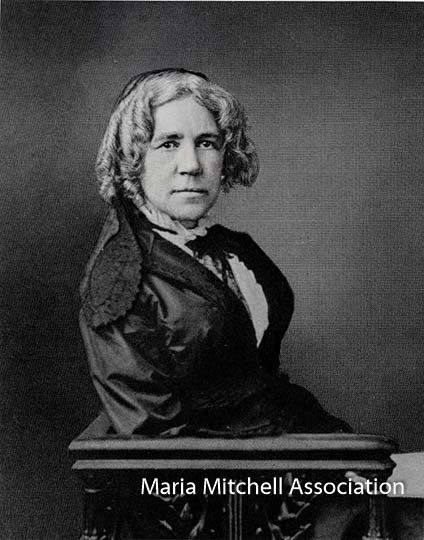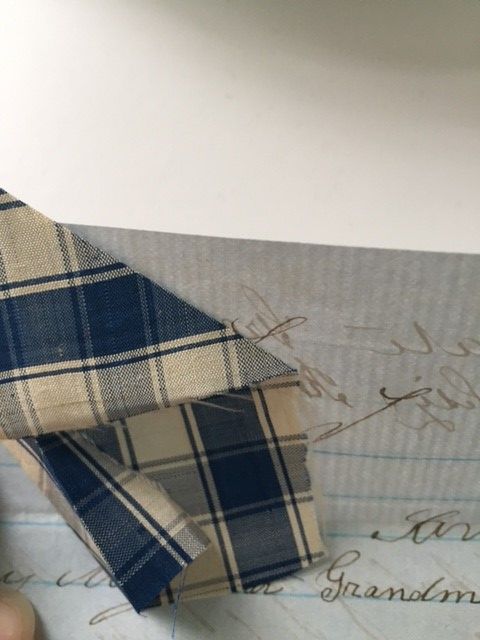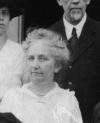Miss Mitchell’s Students: Margaretta Palmer
Standing under the canopy of the stars, you can scarcely do a petty deed or think a wicked thought.
Maria Mitchell’s influence reached far and wide and remained strong through many generations of not just her own students but the students of her students. Her immediate galaxy was of course the women who took her astronomy and mathematics classes at Vassar College. She instilled in her students a lifelong love of learning and the knowledge that as women, they had the power, strength, and knowledge to be the future of women scientists and educators in the world. Some would go on to great accomplishments and some would go on to quietly influence other young learners of the world – spreading Maria’s legacy farther afield.
Over the next few blogs, I would like to share with you some of Maria Mitchell’s students.
The third is:
Margaretta Palmer, 1862-1924
A classmate of Antonia Maury’s, Palmer graduated in 1887 and served as Maria Mitchell’s assistant for that first year after graduation. She had taken several of Maria’s astronomy classes. In 1889, she was hired by the Yale Observatory to serve as an assistant– mirroring the program her classmate, Maury, was doing at Harvard. She was among the first group of woman admitted to Yale for graduate school, receiving her Ph.D. in 1894 in mathematics – the first woman to earn a PH.D. in mathematics and the first of seven women to earn Ph.D.’s from Yale. Her thesis – a recalculation of her professor Maria Mitchell’s comet of 1847 – was a perfect match for this astronomer and mathematician and likely a nod to her Vassar mentor. Her focus was in computational astronomy which led her to calculate the orbits of many comets that were previously discovered including several by English astronomer Caroline Herschel who was forced, due to her sex, to give much of the credit for her astronomical work to her astronomer brother, William Herschel. Palmer worked at Yale for her entire career – weathering many tensions and internal fighting – but was able to publish several articles of her own, as well as numerous other publications that she co-authored.
JNLF
Recent Posts





